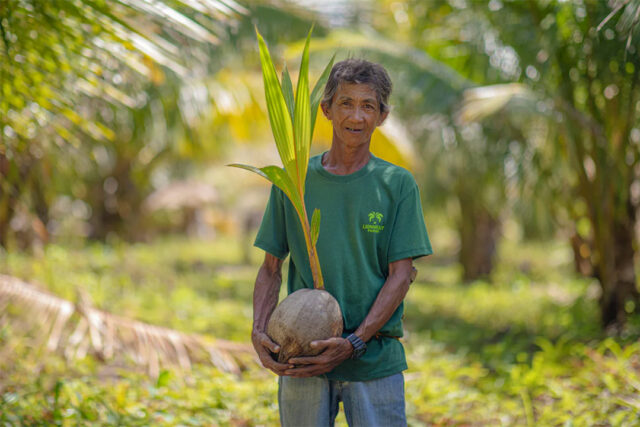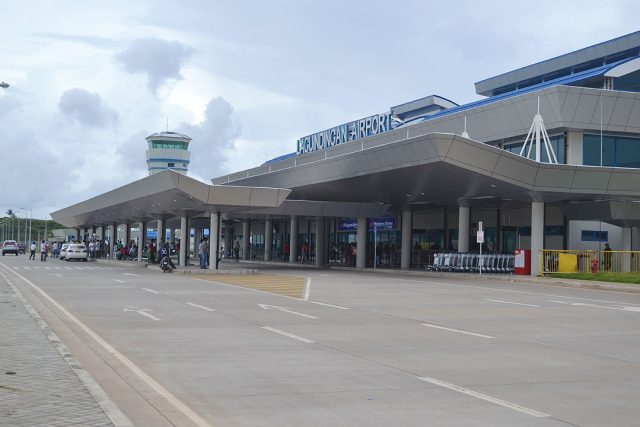FDC boosts 2025 capex by 20% to P24 Billion
GOTIANUN-LED conglomerate Filinvest Development Corp. (FDC) has allocated a P24-billion capital expenditure (capex) budget for 2025 to drive growth.
The conglomerate’s 2025 capex is 20% higher than the P20 billion set aside for 2024, FDC Chief Finance Officer Ven Christian S. Guce said during a briefing last week.
“Forty-seven percent of that will go into the expansion projects of our real estate. These are projects that are already ongoing or nearing completion. Forty percent will go into expanding the different portfolios of our segments, such as hotels, investments in renewables, and investments in our core power business,” Mr. Guce said.
“Ten percent will go into digitalization, which will improve operational efficiencies across the group,” he added.
FDC President and Chief Executive Officer Rhoda A. Huang said the conglomerate is on track with its roadmap of posting an average annual profit growth of 20% over the next five years.
“In terms of a roadmap towards that (growth), when we look at the year-to-date performance, it’s currently tracking. This is going to be consumption-led growth,” Ms. Huang said.
When asked about international business ventures, Ms. Huang said the company has seen opportunities but is focusing on businesses that complement its existing portfolio.
“I have not seen anything interesting enough to bring that forward. What we are trying to focus on will be businesses that will complement existing businesses,” she said.
Mr. Guce said the company’s current portfolio is sufficient to sustain growth over the next five years.
“Just looking at our portfolio, at least for the next five years, it’s enough to sustain the level of growth we want to achieve without having to look outside,” Mr. Guce said.
Last year, FDC recorded a record-high attributable profit, up by 36% to P12.1 billion, as total revenue and other income likewise rose by 22% to a record-high of P113.4 billion.
The conglomerate has interests in the banking sector through East West Banking Corp., the real estate business through Filinvest Land, Inc. and Filinvest Alabang, Inc., and the power sector through FDC Utilities, Inc.
It is also present in the hotel sector through Filinvest Hospitality Corp., in the sugar business through Pacific Sugar Holdings Corp., and in the infrastructure sector through a 42.5% stake in Luzon International Premier Airport Development Corp., which operates Clark International Airport.
FDC shares were last traded on March 28, closing unchanged at P4.90 per share. — Revin Mikhael D. Ochave












